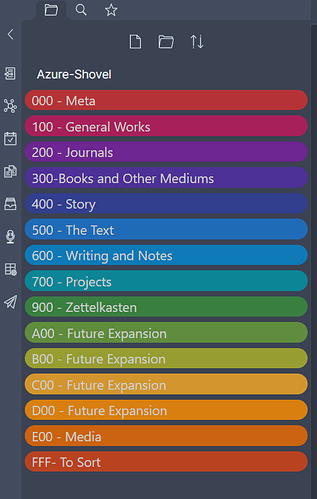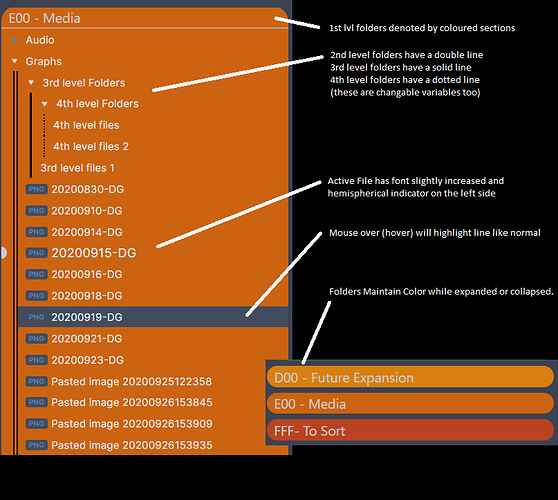| Red |
The color of passion and drama. This color attracts the most attention and is associated with strong emotions such as love and anger. Red is the color used universally to signify danger, courage, strength, and power. Red is stimulating, vibrant and exciting. Red inspires desire with a strong link to sexuality and increased appetites. |
EXCITEMENT ENERGY PASSION COURAGE ATTENTION |
STIMULATE, CREATE URGENCY, DRAW ATTENTION, CAUTION, ENCOURAGE |
| Orange |
The color of encouragement. The combination of yellow and red makes orange convey excitement, warmth and enthusiasm. Social and inviting, this is the color of the extrovert, exuding happiness and joy, releasing inhibitions. Need to be inspired into action or have a positive outlook on life? Orange is a motivating and encouraging color. |
OPTIMISTIC, INDEPENDENT, ADVENTUROUS, CREATIVITY, FUN |
STIMULATE, COMMUNICATE FUN, DRAW ATTENTION, EXPRESS FREEDOM, FASCINATE |
| Yellow |
The color of optimism. Yellow is a compelling color that conveys youthful, fresh energy. This color of sunshine is uplifting and illuminating and associated with success and confidence. Yellow stimulates the left side of the brain, helping with clear thinking and quick decision making. Yellow grabs attention because the eye sees yellow first. The downside of yellow is that it can induce anxiety |
ENTHUSIASM, OPPORTUNITY, SPONTANITY, HAPPINESS, POSITIVITY |
STIMULATE, RELAX, AWAKE AWARENESS, ENERGIZE, AFFECT MOOD |
| Pink |
The color of sensitivity — The passion of red combined with the purity of white create this color associated with love, tranquillity and femininity. Pink has associations with tenderness and nurturing while conveying a sense of safety and even vulnerability. Seeing the world through “rose (pink) colored glasses” is holds a negative connotation as being associated with being unrealistic and overly optimistic. |
COMPASSION, LOVE, IMMATURE, PLAYFUL, ADMIRATION |
COMMUNICATE ENERGY, INCREASE PULSE, MOTIVATE ACTION, FASCINATE, ENCOURAGE CREATIVITY |
| Blue |
The color of trust. Blue, the shade of the sea and the sky, is thought to induce calm and convey tranquillity, serenity and peace. The popular color instils confidence and inspires feelings of trust, loyalty, integrity and responsibility. Cool blue is conservative and can also be perceived as aloof. Blue tends to suppress the appetite — there are not many foods associated with blue in nature. |
TRUST, RESPONSIBILITY, HONESTY, LOYALITY, INNER SECURITY |
REDUCE STRESS, CREATE CALMNESS, RELAX, SECURE, CREATE ORDER |
| Green |
The color of growth and health. Think of nature and see green in all its glory expressing renewal and life. Green has a strong association as a refreshing and peaceful color. It evokes feeling of abundance and a plentiful environment while providing a restful and secure feeling. The prosperity signified by green can be negatively perceived as materialistic and possessive. |
SAFETY, HARMONY, STABILITY, RELIABLILITY, BALANCE |
RELAX, BALANCE, REVITALIZE, ENCOURAGE, POSSESS |
| Violet |
The color of spirituality. The energy of red with the calm of blue combine to create violet, a color that inspires reflection and self awareness. It is the color of the sensitive, compassionate intuitive soul — the introvert. Also, violet has long been associated with royalty, and characteristics of quality and luxury. Overuse of violet can invoke irritability and arrogance. |
IMAGINATION, SPIRITUALITY, COMPASSION, SENSIVITY, MYSTERY |
ENCOURAGE CREATIVITY, INSPIRE, COMBINE WISDOM, IMPRESS WITH LUXURY |
| Brown |
The color of the earth. Stability and a solid foundation is the message that emanates from the color brown. This color relates to things that are natural and simple. Brown is thought to be dull, but is reliable and wholesome. Although frugal and stingy, brown is a color of safety and quiet confidence; warm and reassuring. Sadly, brown is among the least favourite colors, but conveys honesty and sincerity. On its own, brown seems unsophisticated, but when combined with others can become quite elegant. |
RELIABILITY. STABILITY, HONESTY. COMFORT, NATURAL |
STABILIZE, IMPLY COMMON SENSE, SUPPRESS EMOTIONS, CREATE WARMTH |
| Grey |
The color of compromise. Grey is considered to be an unemotional, detatched color seeking to avoid attention. It conveys gloom and depression. Very conservative, grey has a stabilizing effect as it is very neutral, but can also conjure up feelings of frustration. Grey is linked with maturity and protection, being reliable and practical. Grey would not be considered a glamorous colour, yet is still elegant. |
NEUTRAL. PRACTICAL. CONSERVATIVE, FORMAL, QUIET |
DEPRESS ENERGY, ASSOCIATE TIMELESS, COMMUNICATE, MATURATION |
| Black |
The color of mystery. Black is actually the lack of colour. It covers, hides and implies that there is a barrier. A strong and powerful color, black is formal and sophisticated, sexy and secretive. It is the color of things that are scary and evil. Black conveys pessimism and a lack of hope. While black has many negative associations, it is a colour that signifies power and control. It is considered unfriendly and intimidating, yet still refined, elegant and confident. Black is helpful to other colours, being a strong contrast and making them stand out more. |
POWER, CONTROL, AUTHORITY, DISCIPLINE, ELEGANCE |
HIDE FEELINGS, INTIMIDATE, RADIATE AUTHORITY, CREATE FEAR, ASSOCIATE WITH.MYSTERY |
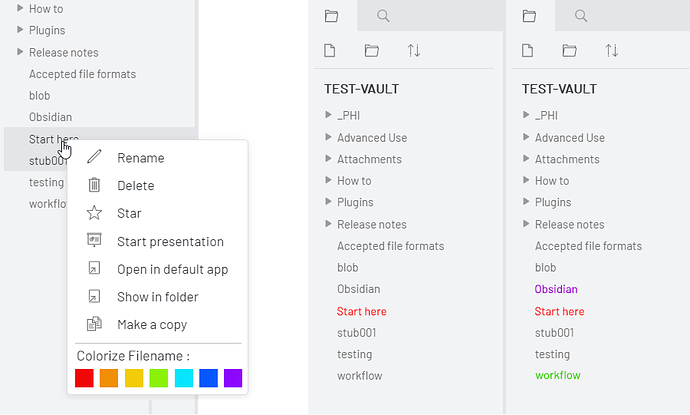
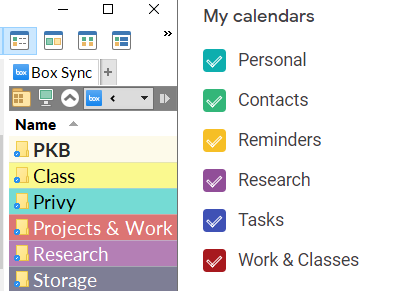
![]()
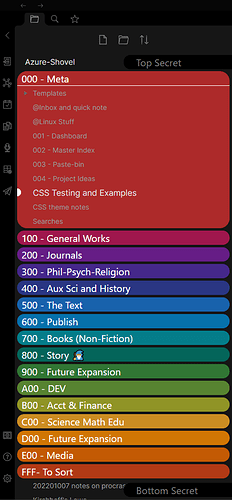
 Do IT In Color
Do IT In Color